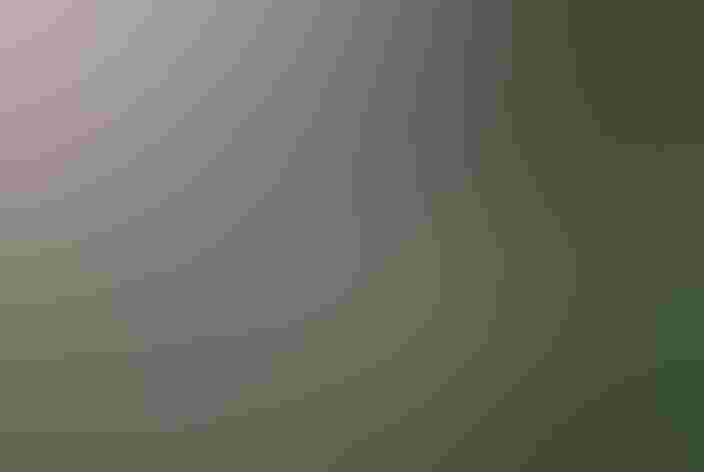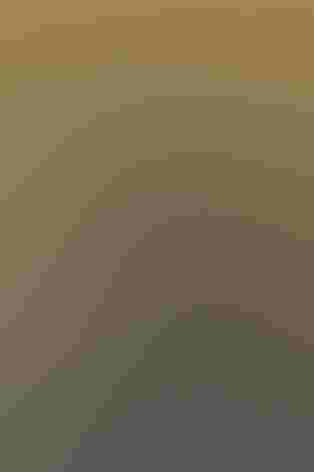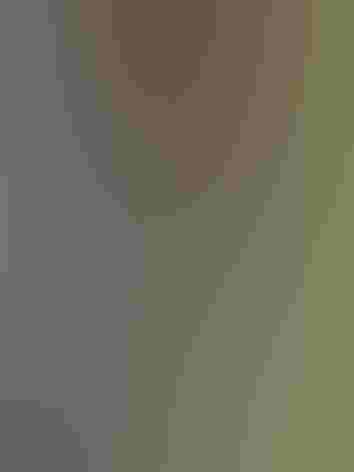Flammulated Owl
At a Glance
The soft, low-pitched hoots of this little owl can be heard (if one listens carefully) in mountain pine forests over much of the west. Seeing the bird is another matter; its variegated pattern of brown and rust makes perfect camouflage when it perches close to a pine trunk. Because it is so inconspicuous, the Flammulated Owl was long overlooked in many areas, and was considered rare until recently.
All bird guide text and rangemaps adapted from Lives of North American Birds by Kenn Kaufman© 1996, used by permission of Houghton Mifflin Harcourt Publishing Company. All rights reserved.
Category
Owls
IUCN Status
Least Concern
Habitat
Arroyos and Canyons, Forests and Woodlands, High Mountains
Region
California, Northwest, Rocky Mountains, Southwest, Texas, Western Canada
Behavior
Direct Flight, Hovering
Population
12.000
Range & Identification
Migration & Range Maps
Strongly migratory, with North American birds going to Mexico and Central America for winter. May tend to migrate north through the lowlands in spring (when insects may be scarce at upper elevations), and south through the mountains in fall.
Description
6-7" (15-18 cm). The only small owl with dark eyes. Short "ear" tufts, heavily mottled plumage, often with rusty marks on shoulders.
Size
About the size of a Robin, About the size of a Sparrow
Color
Black, Gray, Red, White
Wing Shape
Long, Pointed
Tail Shape
Rounded, Short, Square-tipped
Songs and Calls
A monotonous low hoot, single or double, repeated almost endlessly.
Call Pattern
Flat, Rising
Call Type
Hoot, Scream
Habitat
Open pine forests in mountains. Nests in relatively open forest, typically of ponderosa pine, in cool and fairly dry zones such as mountains of the interior. In some areas, favors groves of aspen. Upper level of forest usually quite open, but may be brushy understory of oaks and other plants. In migration, sometimes found in dense thickets at lower elevations.
Sign up for Audubon's newsletter to learn more about birds like the Flammulated Owl
Behavior
Eggs
2-3, sometimes 4. White or creamy-white. Incubation is by female only, 21-24 days. Male brings food to incubating female at nest.
Young
Female remains with nestlings for about 12 days after they hatch; male brings food for female and young. After about 12 days, female also hunts. Young leave nest by about 25 days after hatching, perch in trees nearby. At least sometimes, brood splits up after fledging, each parent tending 1-2 of the young for about another 4 weeks.
Feeding Behavior
Hunts most actively just after dark and near dawn, less in middle of night. Forages by perching and looking for insects, then flying out to catch them. May catch prey in the air or on the ground, but apparently most often takes insects from foliage, hovering momentarily and grabbing them with feet.
Diet
Large insects. Feeds almost entirely on insects, especially moths, beetles, and crickets. Also eats a few spiders, centipedes, scorpions, and other arthropods. Almost never eats vertebrates, but once proven to have eaten a shrew.
Nesting
Male hoots at night early in season to defend territory and attract a mate. In courtship, female begs, male feeds her. Nest site is in cavity in tree, usually old woodpecker hole, usually 15-40' above ground. Will also use artificial nest boxes.
Conservation
Conservation Status
Still widespread, and common in many areas, but probably has declined in some regions. Cutting of dead trees in forest removes potential nesting sites.




